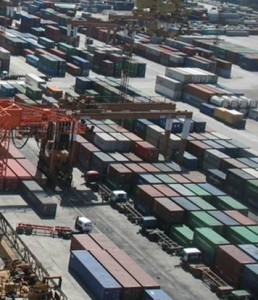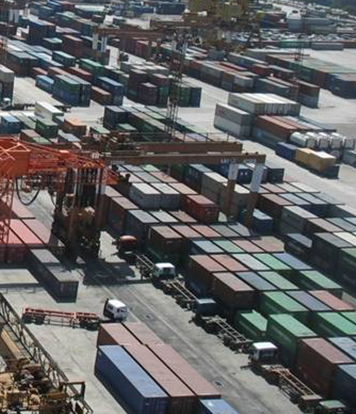 The Cebu Port Authority (CPA) will rent additional space within the Cebu port zone to store seized and abandoned cargoes.
The Cebu Port Authority (CPA) will rent additional space within the Cebu port zone to store seized and abandoned cargoes.
In a text message to PortCalls, Cebu Port Authority (CPA) general manager Edmund Tan said CPA is leasing 1.1 hectares of yard space for P1 million a month for the use of Bureau of Customs (BOC) Cebu to “store seized/abandoned, or whatever containers that are eating a lot of space in our international port”.
Space permitting, the CPA chief said the leased area, owned by private entities, can also be used to store other cargoes.
Tan said they hope to start moving containers to the new premises by June.
He noted that while the move is a CPA initiative, it still requires coordination with BOC Cebu and Oriental Port and Allied Services Corp. (OPASCOR), Cebu International Port’s (CIP) cargo-handling operator. Tan pointed out there is a memorandum of agreement delineating the roles and functions of each of the involved agencies.
Newly appointed BOC-Cebu district collector Arnulfo Marcos, in a text message to PortCalls, said that they requested CPA to provide a small building within the 1.1-hectare yard space to house a designated examination area.
On the part of BOC, Marcos said they will speed up auction of all forfeited items, particularly perishable goods such as rice and sugar, to contribute to the decongestion of CIP.
More than 300 containers of smuggled rice have been set for auction by BOC-Cebu since April.
Aside from fast-tracked auctions, Marcos said “being fair to all importers, lessening the processing time; and setting an example of honesty” are his mantra to help decongest the port. Marcos was previously district collector at the Port of Subic.
Earlier, CPA increased storage rates for foreign cargoes to help decongest CIP and discourage cargo owners from using the terminal as a virtual warehouse.
Tan said the higher storage fees, which took effect on March 3, “brought positive results in decongesting CIP.”
At a ports and shipping forum in February, OPASCOR reported that the Cebu port has been experiencing congestion since 2014 due to a number of reasons. These include increase in volume and container dwell time, limited yard space and limited back-up yard for foreign operations, allocation of CIP yard for domestic use, truck bans and bunching of trucks, and road and port repairs.
Compounding the situation was the surge in alert orders and the longer time for cargo clearance. Moreover, OPASCOR noted there was insufficient space to hold BOC’s seized and abandoned containers, which added to higher yard utilization.
In another development, the feasibility study covering the transfer of Cebu’s international container terminal to another location is still being finalized by the Korean firm which CPA tapped “for ODA (overseas development assistance) to fund the new container port.”
Tan said they hope to have new updates on the proposal by July. – Roumina Pablo





